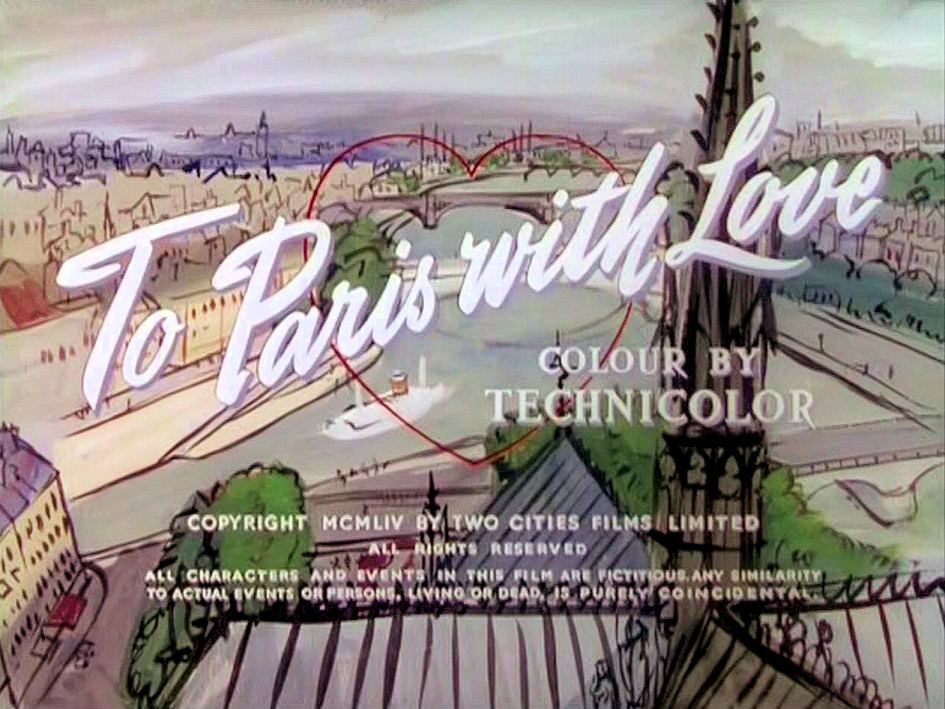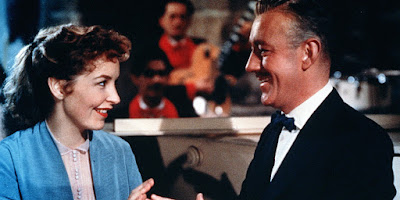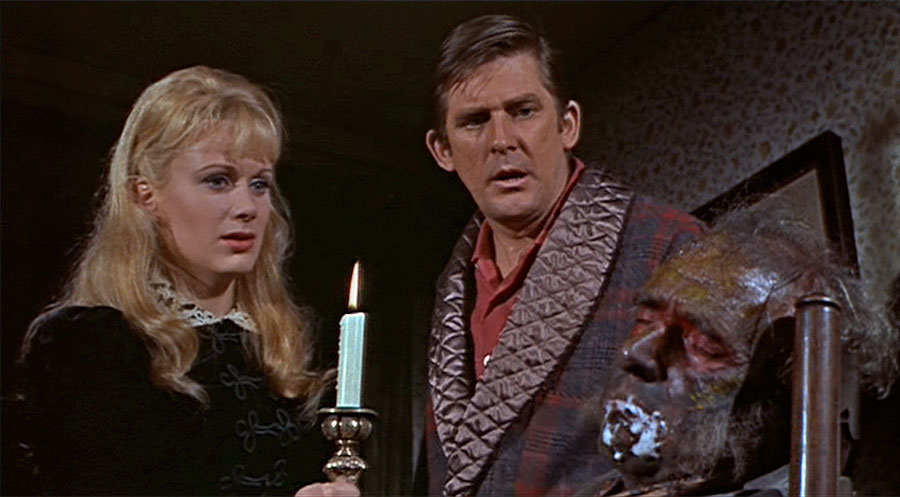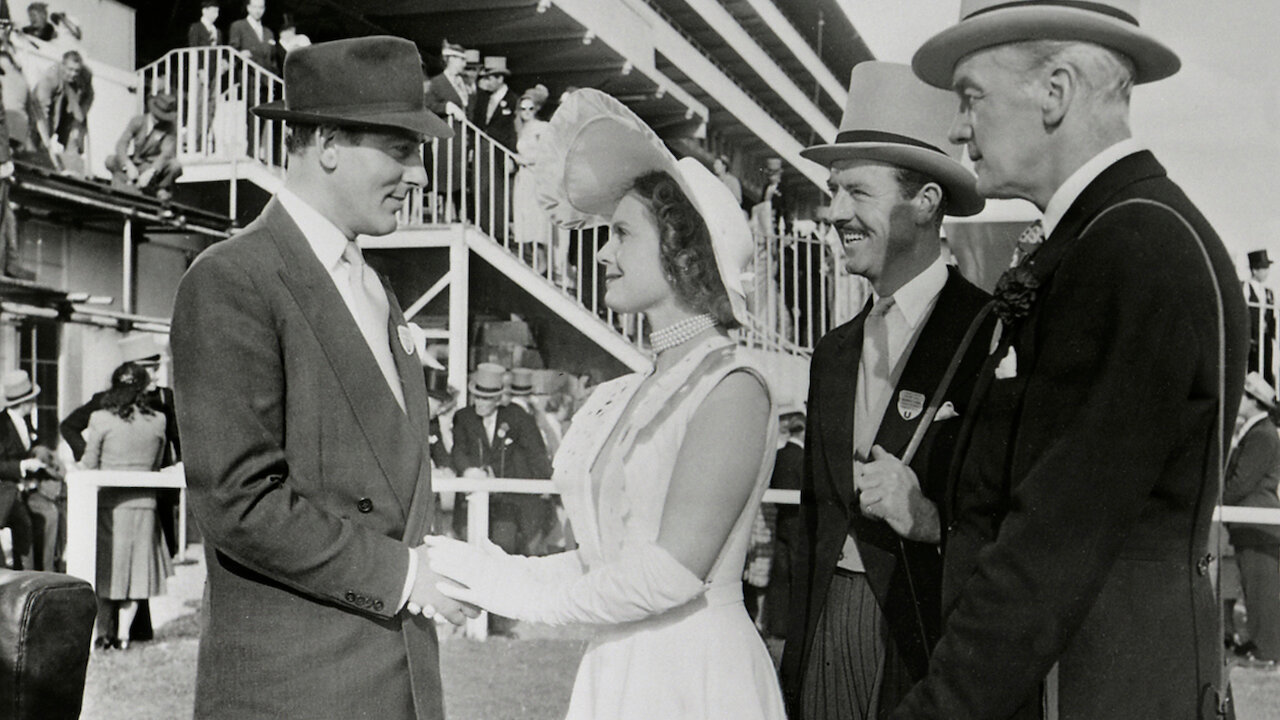Each year
along with the approach of Halloween comes the bombardment of Hammer Horror
films on television. Blood, gore, and buxom babes are splattered onscreen in
brilliant Eastmancolor, while sanguinary counts and grimly ghoulish characters
lurk stealthily in dark corners of seedy districts intent on carrying out
nefarious deeds on their unsuspecting prey.
And
we…sweet, kind, gentle, innocent viewers…sit by with pizza in hand, eyes-a-goggled and heart-a-pounding as we stare transfixed at our screens while these
deliciously diabolical scenes are being carried out.
Prior to the
British Hammer film, there really was no such thing as a “gory” film. There
were lords of tiny European hamlets suffering from lycanthropy, mad scientists
making pastiches out of gently worn body parts, secluded islands inhabited by
horrific animal creatures, misguided poor souls continually making themselves
disappear, and of course the all-too-common haunted house filled with
frustrated spirits (and the occasional runaway gorilla)……but alas, no gore.
Hammer Studios had found a niche and filled it capitally.
Just what
would Halloween be without Christopher Lee and Peter Cushing entertaining us?
Hammer
Productions was formed in 1934 by William Hinds, a comedian and businessman who
once went by the name of Will Hammer on stage. His films were low-budget and
simply made but, even with his own distribution company, he wasn’t able to find a
market for them and filed for bankruptcy in 1937.
A year
later, his son, along with producer James Carreras, resurrected the
production company and began work on a series of BBC radio adaptions such as Dick Barton Special Agent, and The Adventures of PC 49. Many films were
made during the 1940s and early 50s but nothing of noteworthy attention, until,
that is…1955. This was the year Hammer Studios released The Quatermass Xperiment, a wonderfully chilling adaption of the
popular BBC television series of the same name.
Quatermass, also known as The
Creeping Unknown, was about a missile sent into space with three astronauts
on board. Only one of the men return to Earth and with him, brings an alien
infestation which turns him into an ‘orrible blood-sucking monster. Professor
Bernard Quatermass (played by American actor Brian Donlevy) becomes the first
of many, many scholarly extraterrestrial/mythical/vampyr hunters to be featured
in Hammer film….Van Helsing being the most famous of these.
The film
became the first to ever receive an X rating certificate from the British Film
Board and was so successful that similarly themed pictures were quickly put
into production and released.
X- The Unknown (1956)
Radiation tests done by the British Army in a remote Scottish village
unearth an unknown radioactive “blob” that leaves only the bodies of its burnt
victims behind. Dr. Royston sets out to stop the beast before it grows bigger
and bigger and feeds off of them all! Dean Jagger, Leo McKern, Edward Chapman,
Anthony Newley.
Quatermass II: Enemy from Space (1957)
Professor Quatermass explores a deadly gas that is originating from a
hidden factory in rural England. Unusual creatures just may be planning
something deadly for planet Earth and, once again, Quatermass is the man to stop
them. Brian Donlevy, John Longden, Sidney James, Brian Forbes.
But it was
when The Curse of Frankenstein came
out in 1957 that the studio earned its infamous title as a House of Horror.
This was, officially, the start of Hammer Horror.
The Curse of Frankenstein (1957) Using the hands of a pianist and the brains of a renowned scholar, Doctor Frankenstein sticks together a "human" from leftover bodies and finds
that it didn’t quite turn out to be the success he had planned. Peter Cushing, Christopher Lee, Hazel Court.
Peter
Cushing and Christopher Lee, heretofore relatively unknown company players,
quickly earned worldwide recognition for their roles as Dr. Frankenstein and
his Monster and for the next ten years basked in the sunshine – or rather
moonlight – of success.
The Abominable Snowman (1958) High in the snow-covered
Himalayan mountains, an English botanist and a burly American scientist lead an
expedition to discover the legendary Yeti creature. Peter Cushing, Forrest Tucker,
Maureen Connell.
Universal
Studios was the American distributor of the Hammer horror series and since they
earned such great returns off of them, they let them have access to their stock house of scripts. Numerous retellings of their horror classics were
plotted out, and the studio focused all its efforts and funds on the making
of these colorful adaptions.
The Horror of Dracula (1958) After a man attacks Dracula in
his castle (yes, bold man he be!), Dracula travels to a nearby village to
seek revenge on his family and his fiancée. They turn to Professor Van Helsing,
a fellow student of vampires, for help in destroying him. Peter Cushing,
Christopher Lee, Michael Gough, Melissa Stribling.
The Hound of the Baskervilles (1959) Sir Arthur Conan Doyle’s famous Sherlock Holmes novel gets a colorful
retelling here, as the ace detective and his doctor friend come to the aid of a
nobleman who is being threatened by supernatural hounds on the moors of his
estate. Peter Cushing, Andre Morell, Christopher Lee, Marla Landi

From 1960
on, Hammer consigned themselves to raising their monsters from their graves in
sequels or rehashings of their previous successes…with the exception of The
Phantom of the Opera, Curse of the Werewolf (another misfire), and The
Gorgon…which were new characters to the series.
The Brides of Dracula (1960) A schoolteacher unknowingly sets free a young man ( of the undead
variety ) in Transylvania, and worse yet, finds that he’s after her students at
her school for girls. Peter Cushing, Martita Hunt, Yvonne Monlaur, David Peel
The Curse of the Werewolf (1961) A young Spanish boy on a hunting trip gets bitten by a wolf, and years
later moonlights as a first-class howler in this retelling of the classic
Universal The Wolf Man. Clifford Evans, Oliver Reed, Yvonne Romain
The Phantom of the Opera (1962) In Victorian London, a poor musical professor finds that his life work has been
stolen by a corrupt lord and, with his fire-burnt disfigured face, he hides out in an Opera house as a “phantom”
waiting for his moment of revenge. Herbert Lom, Edward de Souza, Michael Gough,
Heather Sears
Kiss of the Vampire (1963) A young honeymooning couple gets stranded in a southern European village and are
“helped” by an aristocratic family…who have a taste for newlywed blood. Clifford
Evans, Edward de Souza.
Evil of Frankenstein (1964) – Penniless Baron Frankenstein, returns to his family castle to renew his
work on his beloved Monster, only to find that an evil aid, Zoltan has been
using his monster for his dirty work. Peter Cushing, Peter Woodthorpe, Duncan
LaMont
The Curse of the Mummy’s Tomb (1964) An Egyptian mummy is delivered to London, where it begins a rampage
while under the control of a man with murderous intentions. Terence Morgan,
Ronald Howard, Fred Clark
The Gorgon (1964) In pre-WWII Germany, a small village is being plagued by a snake-haired
gorgon who turns those who bear their eyes upon her to stone…only during full
moons though. Professor Meister and Dr.Namaroff come to the aid of the townsfolk.
Peter Cushing, Christopher Lee, Richard Pasco, Michael Goodliffe, Barbara
Shelley
All of these
Hammer Horror pictures really weren’t that scary (especially compared to
today’s standards) but, in 1965, gore, as in bottles of oozy gooey goopy red
ketchup, entered the picture. EEeeek!!
This was the
year that the content of the Hammer films became more….ahem, mature…with the
eyes of our blood-sucking fiendish friends glaring more fiercely, the bodices
of their voluptuous prey creeping lower and lower, and pools of blood squirting
to and fro, making Van Helsing’s appearance – along with his cross of Christ –
all the more anticipated so we can see our anemic villains writhe in terror at
their impending doom.
Dracula, Prince of Darkness (1966) Four unwary tourists take refuge in Count Dracula’s castle for the
night (!). Within a few hours one of them is drained of his blood and his wife
( Shelley ) gets transformed into a vampire so the gruesome twosome can pursue
the remaining two “guests”. Some hospitality. Christopher Lee, Barbara Shelley,
Charles Tingwell
Island of Terror (1966) A group of doctors head to a remote island off the coast of Ireland to investigate a series of medical mysteries and discover a deadly lifeform unleashed. Peter Cushing, Edward Judd, Carole Gray, Keith Bell.
Rasputin, The Mad Monk (1966) The story of the mad Russian “monk” Rasputin (aid to the Czars) is
exploited in all its gory glory. Christopher Lee, Richard Pasco, Barbara
Shelley, Suzan Farmer
Quatermass and the Pit (1967) While digging a subway in London, a construction crew discovers a
skeleton and what seems to be a German missile….but in truth it is an alien
spaceship. James Donald, Andrew Keir, Barbara Shelley
The Reptile (1966) While investigating his brother's death, a man and his wife move into his former cottage in a small village in England and become embroiled in a reptilian curse. Ray Barrett, Noel William, John Laurie, Jennifer Daniel.
The Mummy's Shroud (1967) An archeological team discovers the remains of a mummy while on a dig in Egypt in 1920. Returning home to England with their find, the members are killed one by one. Andre Morrell, David Buck, Elizabeth Sellars, Maggie Kimberley.
There were also a number of "Scream Queens" that became associated with Hammer Horror (Hazel
Court, Barbara Steele, and, later, Ingrid Pitt) but of them all, no one can top
Barbara Shelley, that lovely English lady who somehow got caught in the vortex
known as “the horror genre”. In total, she made seven pictures with the studio,
sometimes as the victim, but not infrequently as a vampire herself.
Many believe
that the golden age of Hammer Horror ended with Dracula: Prince of Darkness and
that does indeed have some credibility to it, for the films made after this
tend to be repetitious and rather malodorous.
All in all
though, Hammer Studios had a long line of successes and it is during this
bewitching month that we fans appreciate them the most. We get to sit back,
have some popcorn, and enjoy Peter Cushing and those legendary ghouls give us
goosebumps….what more fun could you have than that?































.jpg)














